Some are rather outdated, while others have become a must-have item in our daily wardrobe. How did they first burst onto the scene? What were they originally designed for? Which tennis champion was the first to wear them? We look back at the most iconic accessories in tennis history.
The 5 most iconic tennis fashion accessories
Let's take a look at the must-have accessories on court.
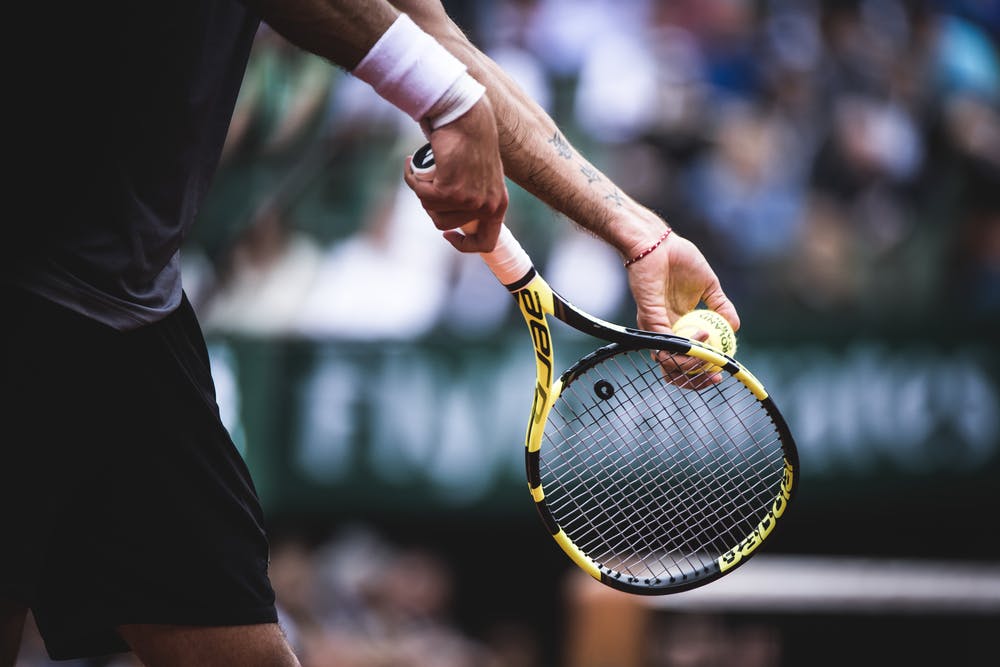
The visor
Take a look around the beach this summer, and you are sure to see more than a few heads topped with this funny-looking headpiece. The visor made a comeback a few seasons ago, but what is so great about it? It almost guarantees the wearer a sunburnt scalp and cannot claim to be a sure-fire fashion hit…so not a lot, it would seem!
This fashion accessory, a throwback to the 1920s, first appeared on the tennis court. A kind of baseball cap without the skull cover, the “visor cap” was a comfortable and lightweight piece of headgear for players. The simple and practical visor, though considered outdated by many, has retained its off-the-wall charm and is now making a comeback on the catwalk and in our wardrobes.
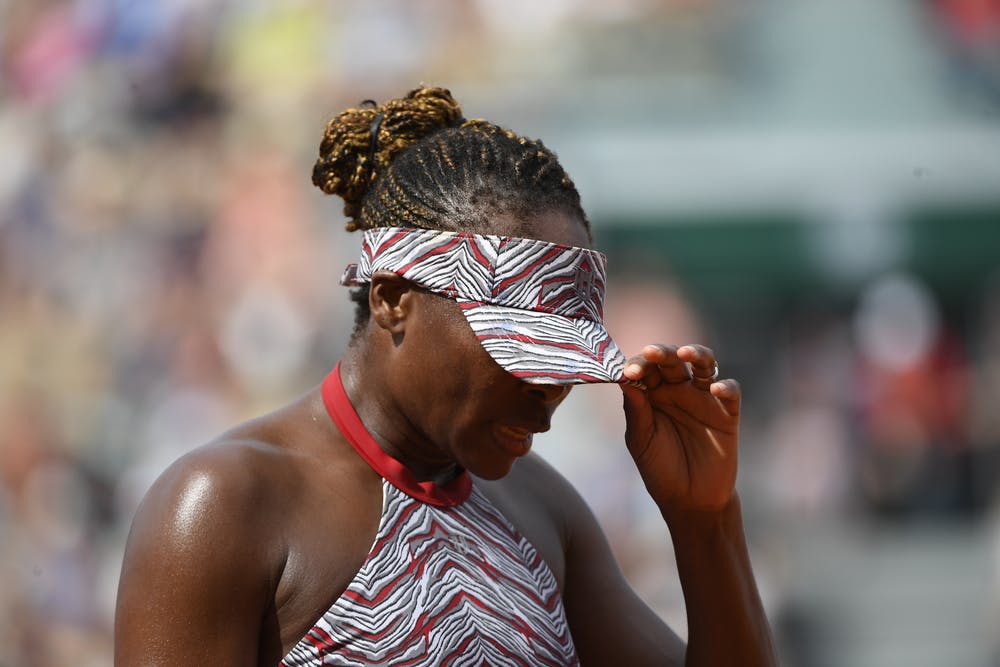
The headband
Can you believe that headbands are almost a century old? Favoured by divas and dandies for many decades, the headband was most elegantly worn by the great Suzanne Lenglen. The main function of her wide tulle headband, created by Jean Patou in 1919, was to keep her hair off her face and styled during her matches.
But, just like cats, this emblematic accessory has enjoyed several lives, surviving the decades. A ladies’ accessory for many years, the headband also became popular for men in the 1950s. From that moment onwards, the fashion for towelling headbands flourished at tennis tournaments all over the world.
Tennis player Torben Ulrich famously wore a headband on his brow and was responsible for bringing the hippie trend onto the courts. The story goes that the Danish dandy – father of Metallica drummer Lars Ulrich – refused to play matches in the morning, as he was too tired after trawling the nightclubs in St Germain-des-Prés until the early hours.
But the most famous headband-wearing player was Björn Borg in the 1970s, who made the red, white and blue headband his trademark.
At the end of the 80s, headbands were used to make a statement, as proven by Pat Cash in 1987, who dared to wear his now-famous checked headband at Wimbledon (something that would not be allowed today…). Guillermo Vilas and John McEnroe were also well-known headband fans.
The headband is still a firm favourite with today’s players, but with one important alteration: since Andre Agassi’s heyday, it has been worn knotted at the back of the head.
We’re not going to lie, away from the tennis court, it’s not an easy item to pull off, unless you opt for a bejewelled or flower headband for a touch of festival-chic!
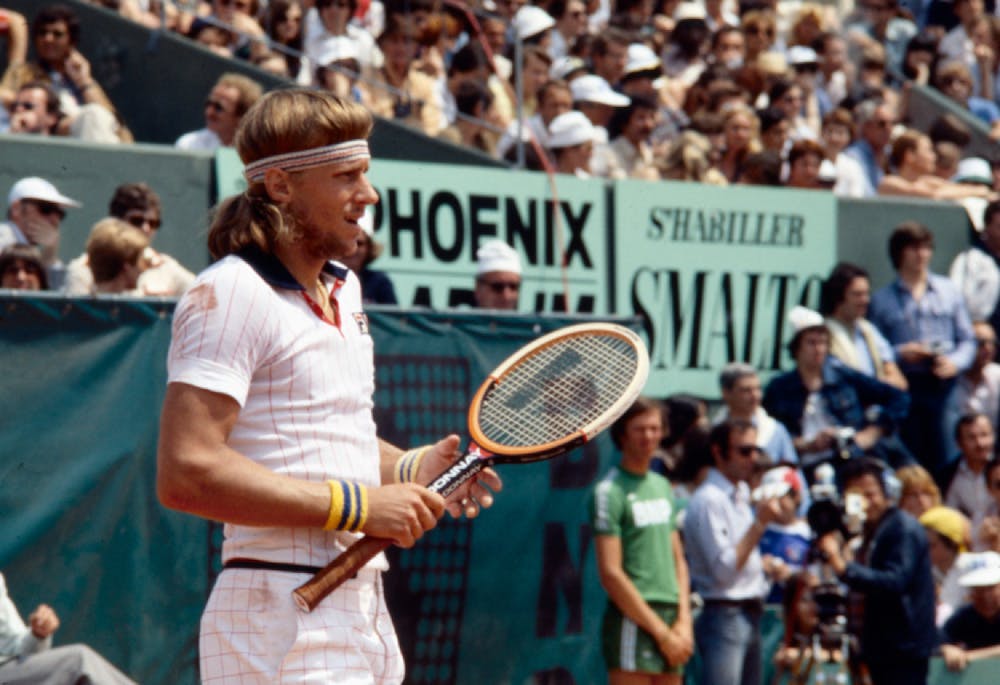
The sweatband
Ah the sweatband, a key accessory in the tennis wardrobe! It customises your look in the blink of an eye, sponges away sweat and can be thrown into the adoring crowds at the end of a match! Fred Perry, eight-time Grand Slam champion in the 1930s, was the first player to wear these famous towelling wristbands. He used to roll gauze around his wrists during matches to stop sweat from dripping onto the grip of his racquet. At the end of the 1940s, Austrian football player Tibby Wegner contacted the tennis champion to suggest he wore a towelling headband on his wrist instead…and the sweatband was born!
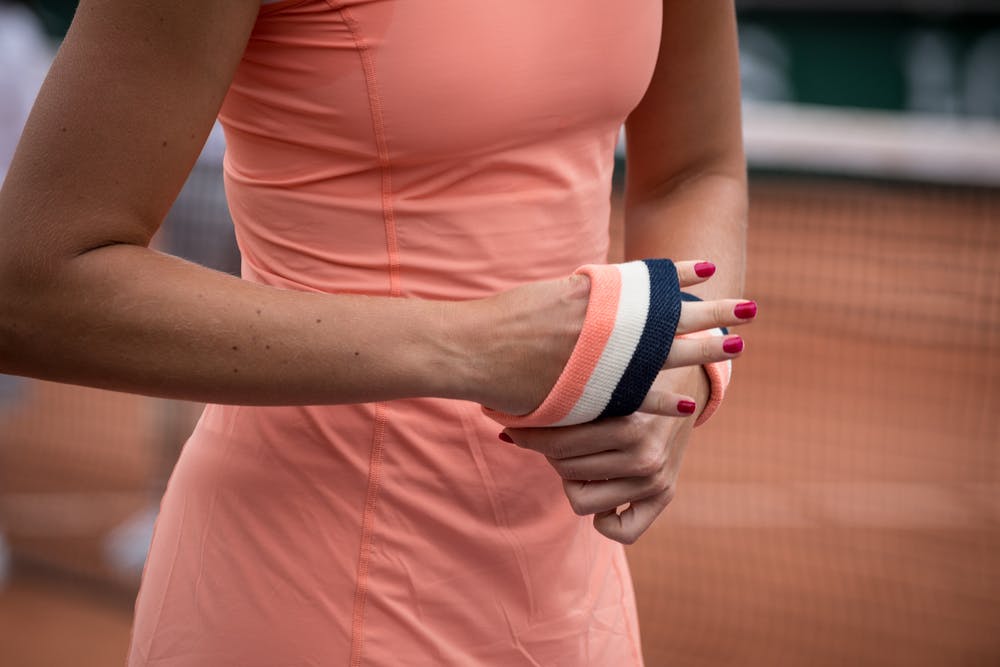
Racquet bag
From Hermès and Vuitton to Lacoste and Babolat, the racquet bag is popular both as a sporting accessory and a fashion statement!
In the “Lawn-Tennis” era, in the 1870s, it was not only the racquets that were carried in a case, but also the balls, the players’ kit and the net! A kind of “portable tennis” game that came in very handy at society garden parties, which were hugely popular at the time.
At the beginning of the 20th century, wealthy tennis players would order their tennis bag from well-known French fashion houses.
In the 1980s, sports equipment manufacturers began to design more innovative and functional racquet bags. Plenty of room, multiple compartments and insulated pockets are just some of the features included in bags such as the Babolat Thermobag and the Lacoste tennis bag.
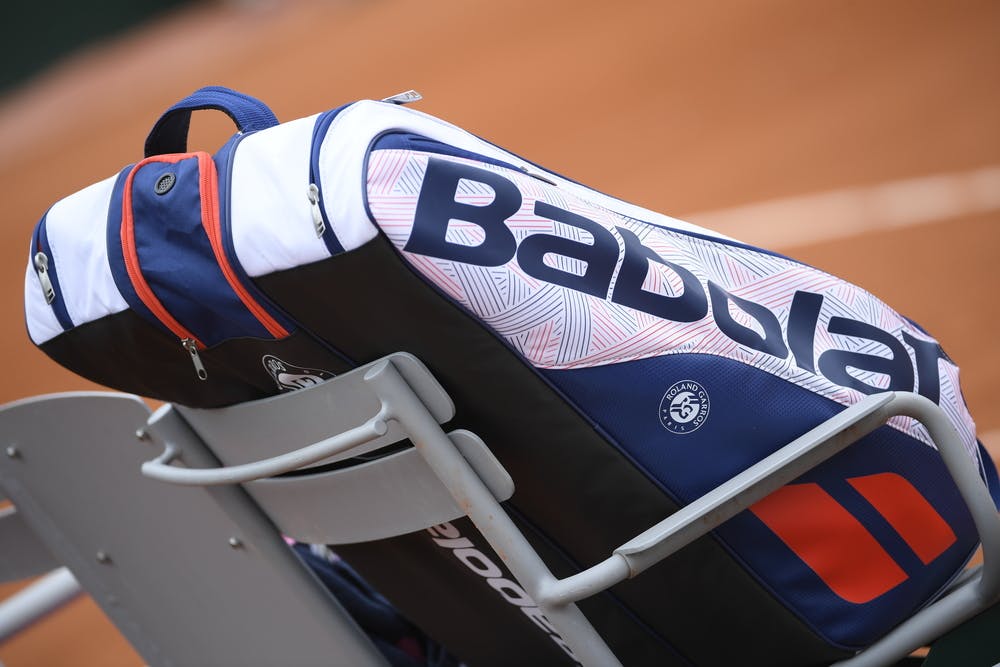
The tennis sneaker
In the early days, lace-up ankle boots or formal shoes were the thing to wear when striding across a tennis court, but this type of footwear limited the players’ movement. As a result, comfort quickly trumped elegance, which led to canvas sneakers making their debut. In the Roaring Twenties, new shoe brands jumped onto the burgeoning sportswear bandwagon, with the aim of improving these rubber-soled shoes. In the late 1960s, the emblematic leather tennis shoe was introduced and the sneaker trend was born! Since then, a major battle has waged among shoe manufacturers to conquer this booming market. Trainers are now worn both on court and on the high street, and have become an essential item in the modern-day urban wardrobe.
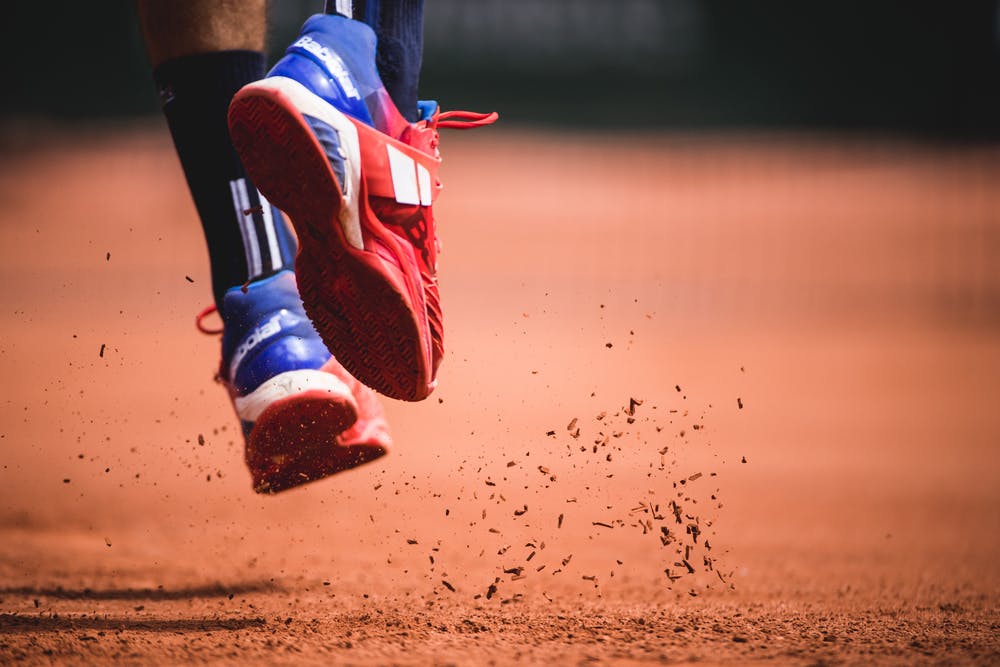
 ROLAND-GARROS
18 May - 7 June 2026
ROLAND-GARROS
18 May - 7 June 2026

